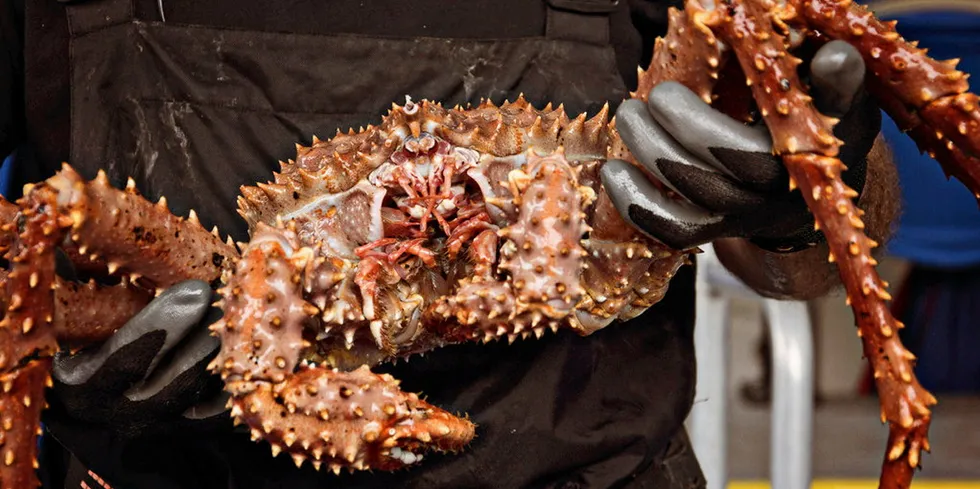Russians eager to attack US market as Alaska faces king crab shortfall
The country's crab shipments to the United States have gradually climbed over the last five years, and cancellation of the Bristol Bay king season has provided a new opening.

The country's crab shipments to the United States have gradually climbed over the last five years, and cancellation of the Bristol Bay king season has provided a new opening.
